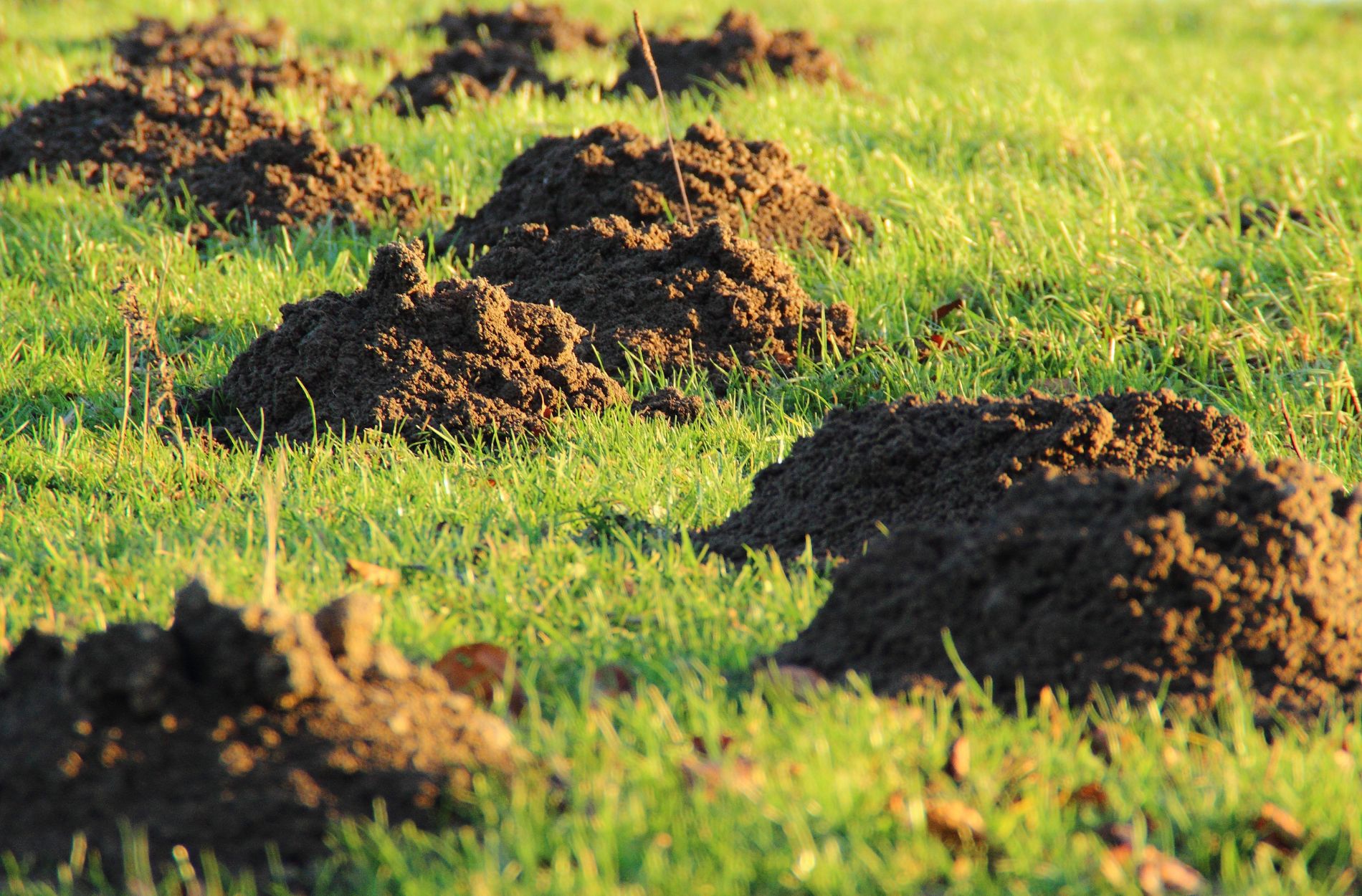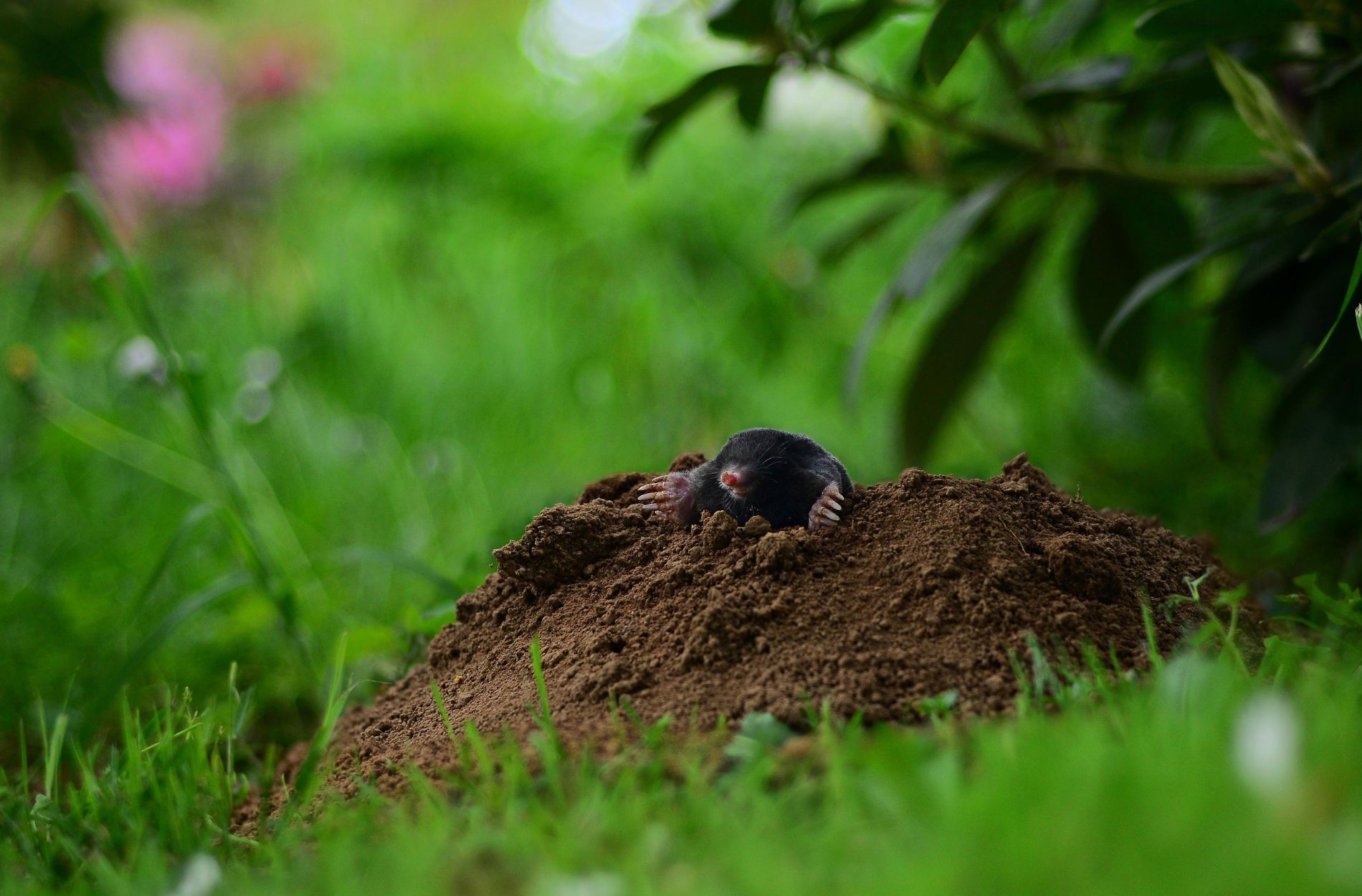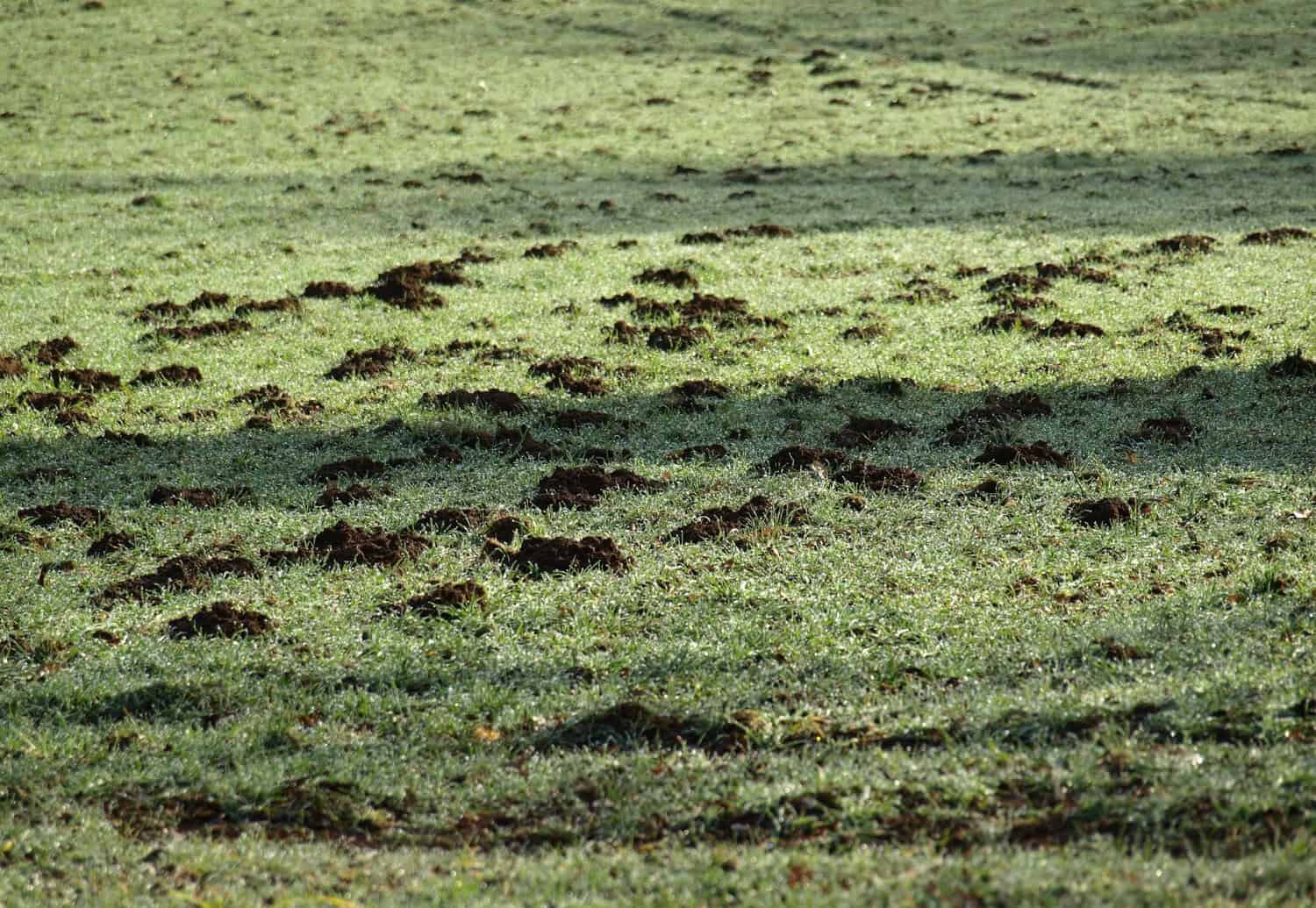Imagine stepping onto your lawn only to find it bumpy and riddled with unsightly mounds of dirt. This is often the work of ground moles, little creatures that tunnel beneath the surface and create chaos. They can destroy the look and health of your lawn, making it hard to enjoy your outdoor space. Understanding how to handle these pesky diggers is key to keeping your yard looking its best.
Moles are not just subtle nuisances; they can significantly impact your lawn’s health if left unaddressed. While they don’t eat plants or grass directly, their tunneling can disrupt root systems, introduce pathways for other pests, and result in uneven ground. Effectively removing moles can save you time, money, and the headache of replanting damaged areas, ensuring your lawn stays lush and inviting.
Understanding Ground Mole Behavior
Ground moles have unique habits that distinguish them from other lawn pests. They are most active in spring and fall when the soil is moist and easy to dig through. These creatures have a penchant for creating elaborate tunnel systems to hunt for their favorite foods: earthworms and grubs. Their constant digging can mean trouble for the structure of your lawn, making it essential to know how they operate.
Here’s what you should know about these diggers:
– Habitat: Moles build complex networks of tunnels underground, often churning up dirt and forming small hills on the surface.
– Diet: They primarily feed on insects and invertebrates, not plants. However, their search for food can disturb plant roots.
– Activity Patterns: Most active early in the morning and late in the afternoon, especially after rain.
Traditional methods like homemade traps or poisons often don’t work well with moles due to their elusive nature. They have sensitive snouts and tend to avoid altered areas. Instead, understanding their behavior allows for better, strategic trapping methods. Knowing when and where they are active helps set the stage for successful removal efforts.
This nuanced approach ensures that any action taken is more effective and less likely to cause frustration. Keeping these points in mind sets you up for a mole-free environment, one careful step at a time. Proper preparation and a bit of patience go a long way in dealing with these subterranean nuisances.
Preparing for Trapping
Once you understand a mole’s behavior, it’s time to get ready for trapping them. The right tools and knowledge can make a big difference in how successful you are in getting rid of these critters. Here’s a simple guide to get you started on the right track:
1. Gather the Right Tools: You’ll need a few things to start trapping. You’ll need a spade or trowel to dig, gloves to protect your hands, and, most importantly, mole traps. Make sure the traps are specifically designed for moles, as these will work best.
2. Identify Active Tunnels: Before setting any traps, it’s necessary to find active tunnels. These are the paths moles use regularly. To identify them, stomp down on a section of the tunnel and check back in a day to see if it has been re-raised, which indicates it’s still in use.
3. Set Up Traps Carefully: Setting the trap where you’ve found active tunnels is key. Dig a hole into the tunnel, place the trap inside, and cover it with loose soil. Ensure it’s secure but not too tight, as you don’t want to block the path.
With these basic steps, you’re ready to begin trapping with confidence. Remember, patience is vital as moles don’t always stick to a schedule. Regular checking and repositioning the traps can help improve your chances of catching these underground intruders.
Effective Trapping Techniques
There are several tried and true methods for trapping moles effectively. Knowing a variety of techniques can help you adapt your approach to your yard’s specific conditions and needs:
– Types of Traps: Scissor traps and harpoon traps are popular choices. Each type operates differently, so pick one that you feel comfortable using.
– Proper Placement: Positioning your traps in main tunnels rather than secondary ones increases your chances of catching a mole. Look for straight sections of the tunnel without any branches.
– Monitoring: Check the traps daily. If a trap hasn’t caught anything in a couple of days, you may need to move it to a different location.
– Humane Considerations: While trapping is an effective solution, aim to do it humanely. Follow the instructions carefully to ensure the quickest action when the trap triggers.
Mastering these techniques can make the difference between a lawn riddled with molehills and a smooth, mole-free yard. Consistency and attention to detail go a long way in achieving successful trapping outcomes.
Keep Your Lawn Mole-Free and Beautiful
Once you’ve tackled the immediate mole problem, the next step is to prevent them from coming back. Maintain your lawn well with regular mowing and fertilizing. Keeping pests like grubs under control also helps, as it removes a primary food source for moles. You can use physical barriers around the perimeter of your yard to exclude them, although this can be labor-intensive.
Taking a proactive approach to mole control not only keeps your lawn looking beautiful but also ensures that you can enjoy your outdoor space without worry. Understanding their behavior, preparing adequately, and employing effective techniques all contribute to a mole-free and manicured lawn. With a little effort and the right methods, your yard can remain a welcoming and healthy environment.
For a long-lasting solution to keep your lawn free from unsightly mounds and tunneling damage, consider professional services. Learn more about removal of ground moles with Trap Your Moles to protect your property efficiently and with care. With expert help, you can enjoy a beautifully maintained yard without the hassle of constant mole problems.






